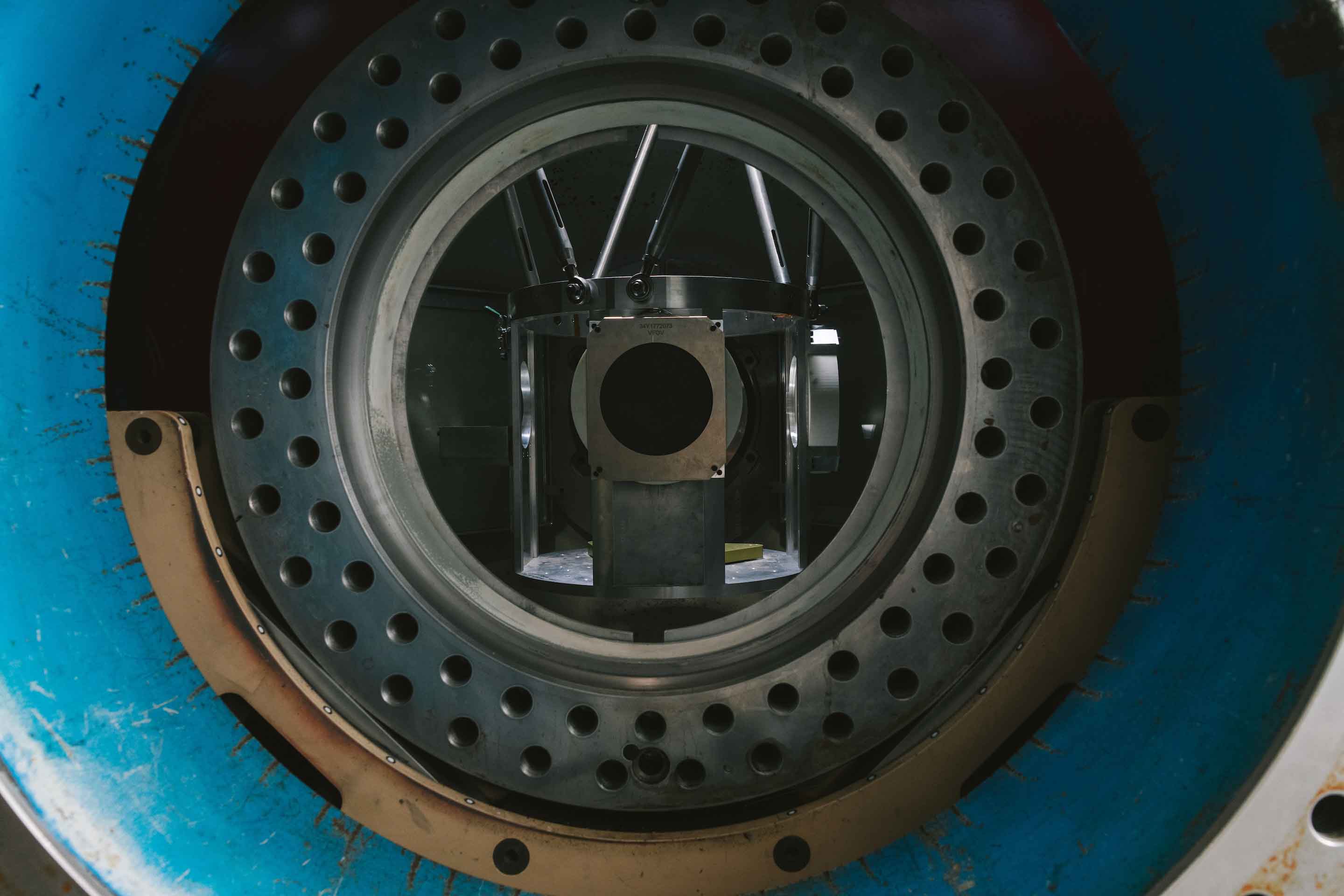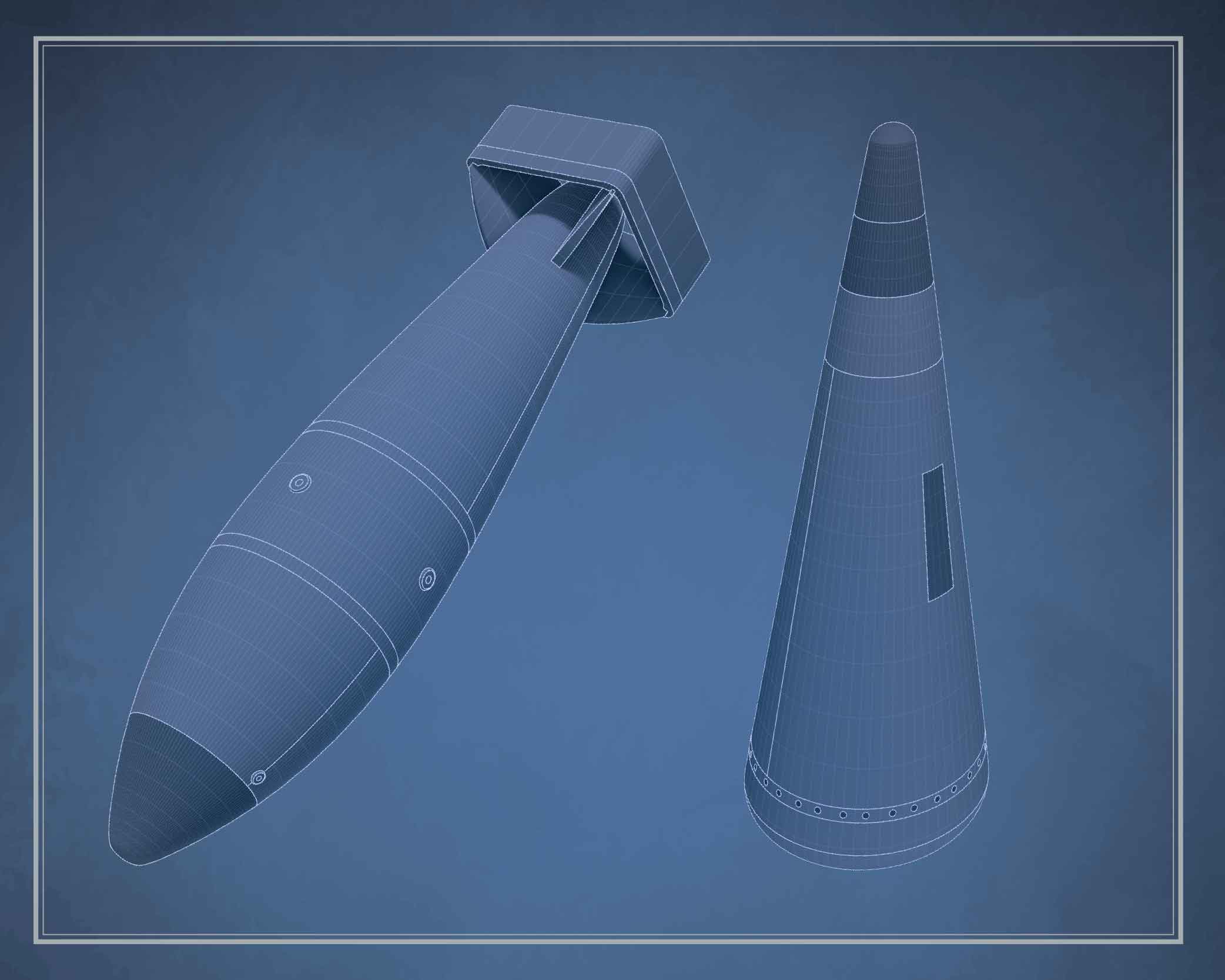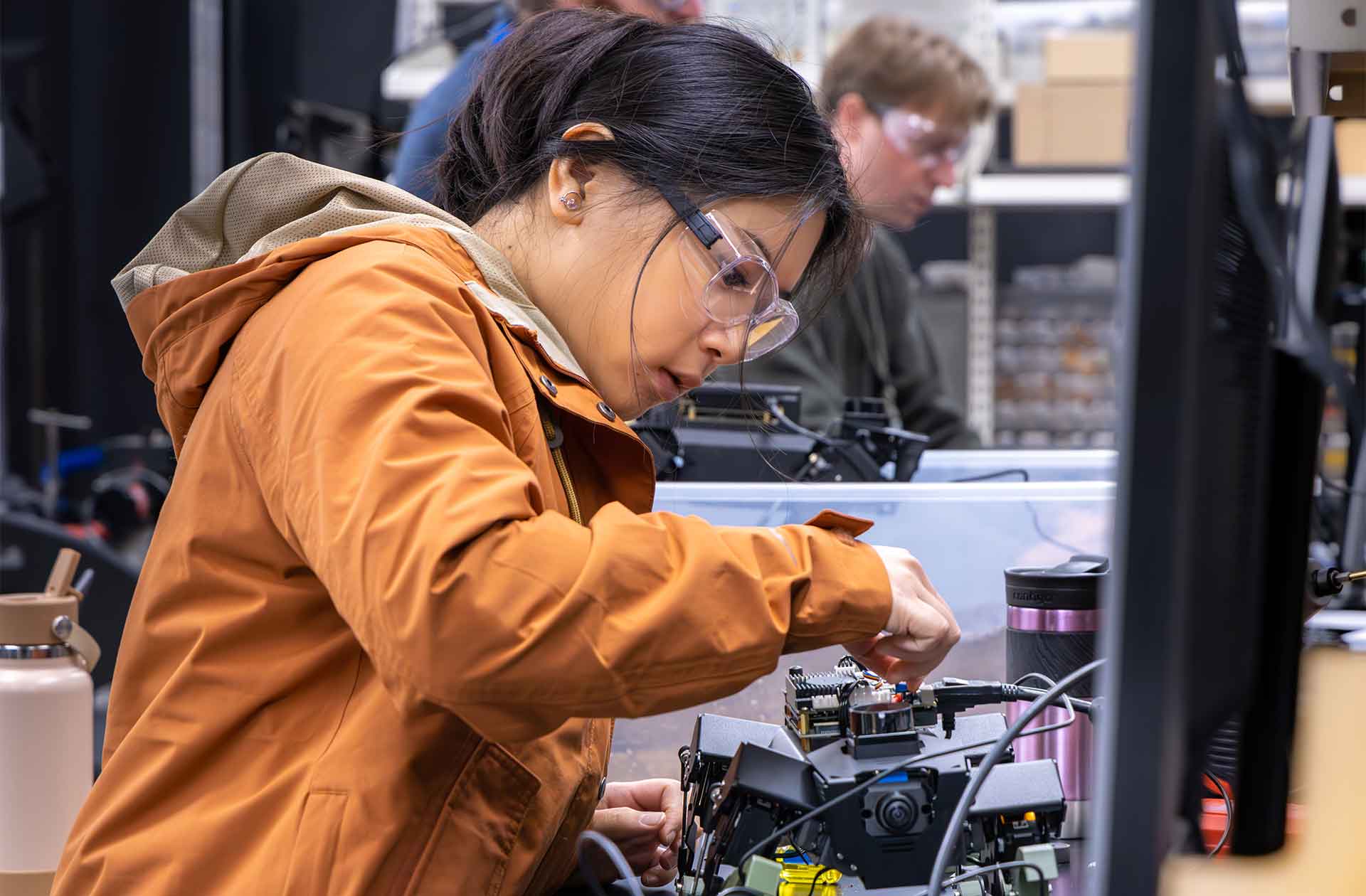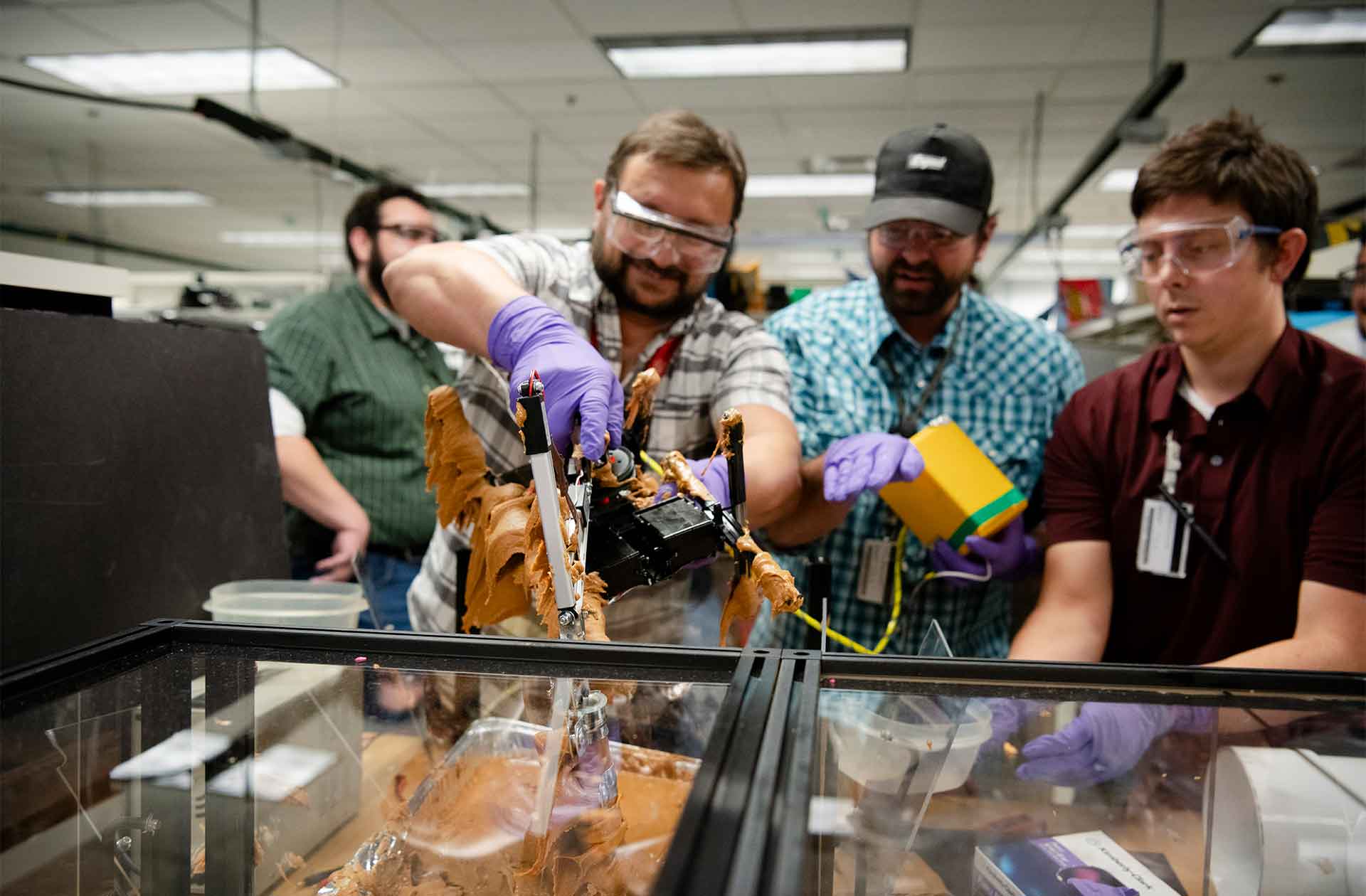On target
A Los Alamos team’s tiny creations are key to fusion experiments and more.
- Jill Gibson, Communications specialist

What do you think of when you hear the word “target”? A bullseye, a large retail chain, a goal or aim? The most basic definition of a target is something at which someone aims, which is an appropriate description of the targets Los Alamos National Laboratory engineer Derek Schmidt makes.
Schmidt’s targets vary in size, but many are tiny: smaller than a person’s pinky nail. Targets are used in physics experiments, where they are bombarded (or targeted) by particles (such as electrons, protons, or radiation). Los Alamos–built targets often are used at Lawrence Livermore National Laboratory’s National Ignition Facility (NIF), where scientists are achieving fusion ignition, meaning the experiments create more energy than was put in. In addition to NIF, scientists use targets in tests at the OMEGA Laser Facility at the University of Rochester and Sandia National Laboratories’ Z machine. Los Alamos makes as many as 700 targets a year.
“We precision-machine the targets,” Schmidt explains. “The components inside the targets are so small they look like dust. They are smaller than the diameter of a human hair.”
Before target engineers build a target, they meet with scientists to discuss the overall concept of an experiment and what data the scientists want to obtain. Physicist Liz Merritt describes members of the Los Alamos target fabrication team as artisans who play an integral role in her ability to create fusion experiments to explore the physics of nuclear implosions.
Merritt recently executed a series of experiments that used a double-shell target. The target consists of an inner metal capsule filled with deuterium and tritium. The capsule, which is a couple hundred microns in radius, is surrounded by two foam hemispheres and an aluminum outer shell. The double shell target was assembled using a custom-designed and -programmed robot that Schmidt invented.

“Double-shells are the most complex targets we make in the Department of Energy,” Merritt says. “They take advantage of all of the strengths of the Los Alamos target fabrication team.”
Scientist Brian Patterson uses 3D tomographic x-ray imaging to examine the double-shell assembly to assess and measure any imperfections down to submicrometer resolution. “We can create 3D rotating images to make measurements and look for flaws,” he says. “It’s all about identifying defects that could affect the performance of the target and checking accuracy.” He adds that rarely are any two targets exactly the same.
“We have to measure every little idiosyncrasy on these targets,” Schmidt says. He holds up a miniscule clear plastic container. “Do you see the tiny disc in there?” He points to a flat circle about half the size of a small sequin. “It has 100 sine waves machined across it.” Those sine waves help scientists compare computer codes to the outcome of the experiment.
Despite their small size, targets are essential to producing large amounts of data—as long as they make it into experiments. Machinist Casey Blough says it took him a while to get the hang of micromachining targets. He likes to joke that, “once, I exhaled and lost what I was working on.” ★








